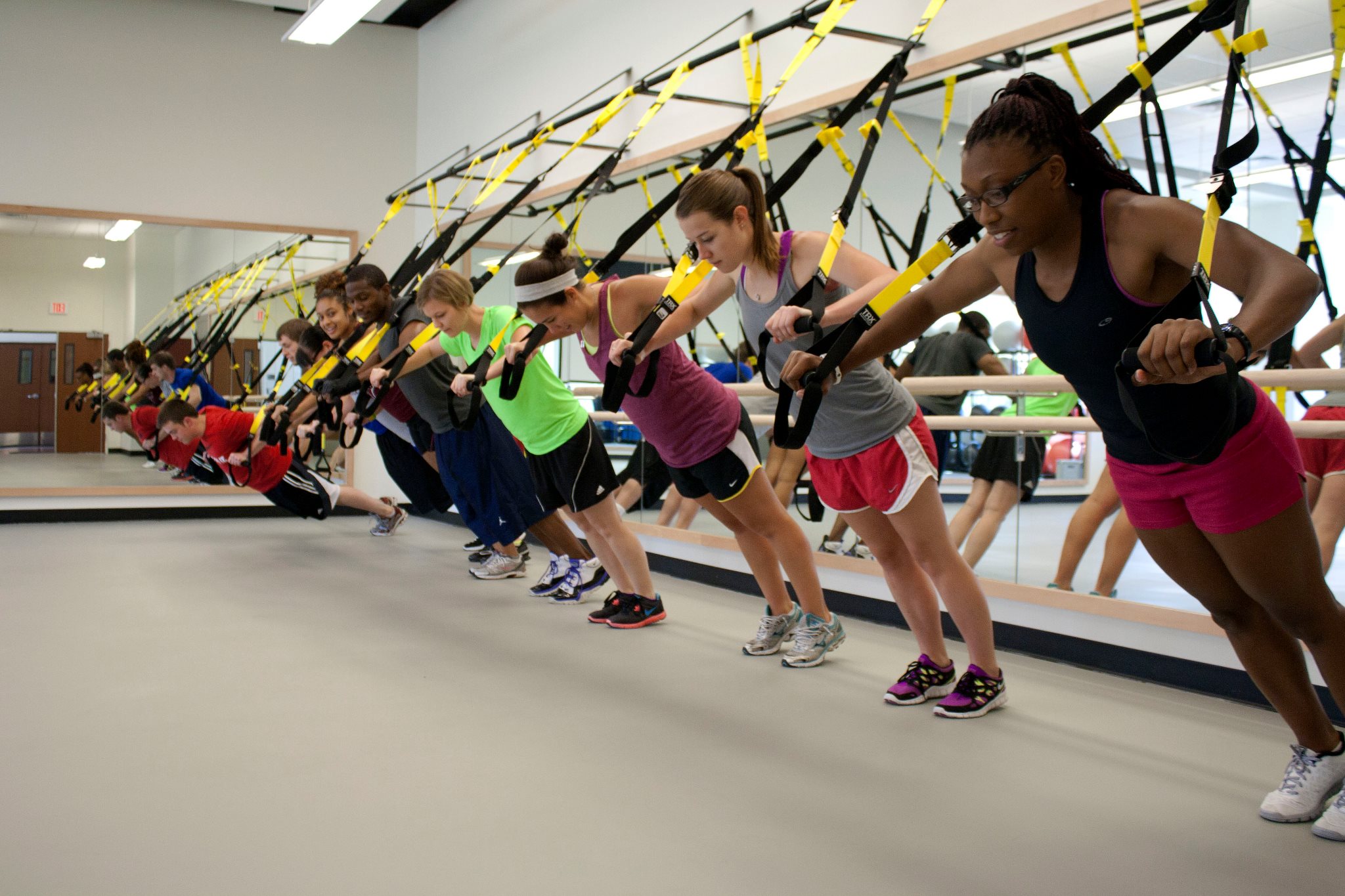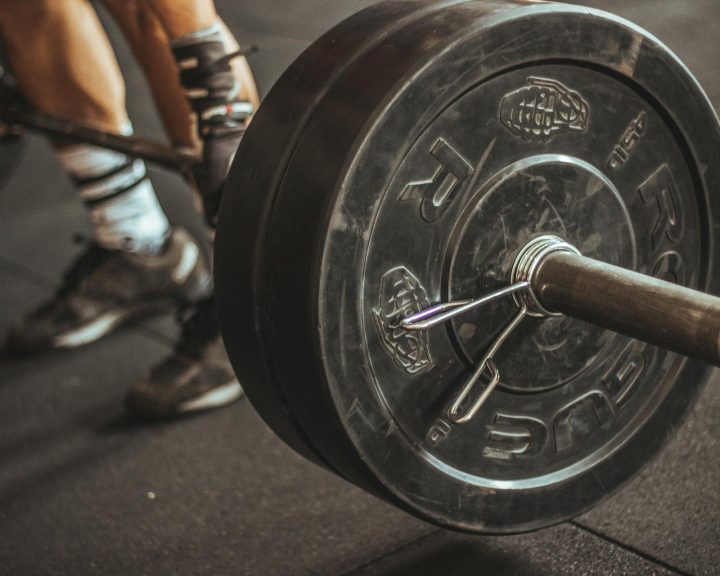Today I put on a workshop at Texas Woman’s University on program design and suspension training exercises for the upper body. We began the workshop talking about program design for three different goals; training for hypertrophy, training for maximal strength, and training for power. Each was discussed in isolation and then we ended by tying things together.
Training for Hypertrophy
We began this discussion by differentiating between hypertrophy and hyperplasia. When I was coming up, hyperplasia was a popular theory in the bodybuilding literature and gym knowledge. I’ve been able to find research support for it in two instances: professional body builders on massive levels of steroids and cats. The cat studies bring up an important concern with regards to research, be extremely careful using an animal study and applying it to human training. Animals have important physiological and structural differences and it is likely that they can do things that we cannot. In other words, just because it was found in cats doesn’t necessarily mean that we do it too…
We talked about the training guidelines, program design, exercise selection, and the concept of “toning.” If you think about it, “toning” means bringing out the muscle enough so that it can be seen. In other words, it’s hypertrophy training.
Training for Maximal Strength
Beyond the how’s of training for maximal strength that we covered, there were two points I wanted to make sure that I hammered home. First, maximal strength is a skill. Getting it together for one, all-out moment is something that takes a lot of practice to get good at. Second, hypertrophy helps maximal strength.
Training for Power
This is the section that most people are unfamiliar with. Important points for training for power. First, maximal strength is really critical for power. For force generation, for enhancing the effectiveness of exercises (like plyometrics), and for injury prevention. Second, like with speed and agility training we want to avoid training people to be sloppy and slow. This means avoiding fatigue, keeping the volume low, and emphasizing speed and good technique.
After spending about an hour covering these concepts, we went and spent the rest of our time on hand’s on focusing on upper body exercises that can be done with suspension training. The first thing to understand about the upper body and suspension training is that good push-up technique is critical. Most of these exercises are performed out of the push-up position, which means lining up the shoulders, hips, knees, and ankles. I covered exercises for the upper back, chest, shoulders, triceps, and biceps. Each exercise had the foundational variation followed by progressively more difficult variations. For example:
1. Chest press, standing up
2. Push-up
3. Push-up, one leg off ground
4. Chest press, one arm
For each exercise, I demonstrated and then everyone tried it out and received feedback on their performance. At the end, I discussed my thoughts about the application (beginners, metabolic conditioning, recovery) and limitations (limited overload) of suspension training.



